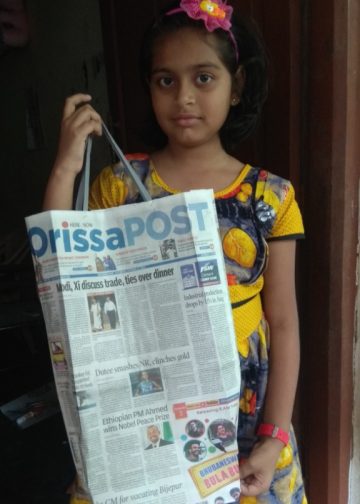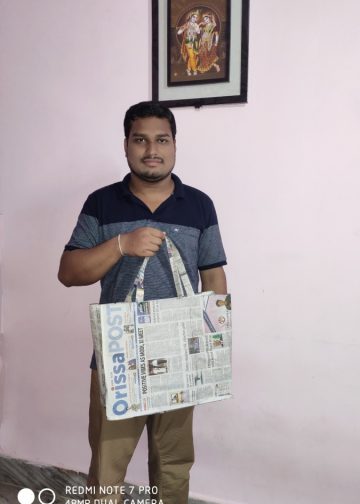
Meet Satya Ranjan Das, honorary professor at OUAT who was recently honoured with the award of Doyen of Rice Research by Indian Institute of Rice Research in Hyderabad. Das has played a
pioneering role in
developing 52 varieties of rice in Orissa. A recipient of several national and international awards, the 64-year-old visiting
faculty at the International Rice Research Institute in Philippines, talks to Orissa Post on issues
confronting rice
cultivation in Orissa. Excerpts from a chat with Manish Kumar…
The latest award is a recognition of your years of tireless journey of research on rice varieties in Orissa. Your thoughts?
I’m happy that my research and efforts have been recognised nationally. Every award encourages me to work harder and prove my worth in society. Nothing can fetch you more satisfaction than your innovations which are widely accepted. It gives me immense pleasure when I see my work benefitting farmers in the country.
You have undertaken various research projects on rice in Orissa. What are the issues confronting cultivation of rice in Orissa?
Around 50 per cent of the rice cultivating areas in the state lies in the low-lying areas that are prone to floods and water stagnation. The need of the hour is to develop more water tolerant plants which can bear excess water. Moreover, most of the coastal alluvial area cultivators cultivate same variety of rice and do not want to experiment new varieties.
What is the solution?
The solution is to blend molecular interventions with conventional methods. Now, many disease-resistant, pest-resistant varieties are coming to the fore. Several researches on these genetically-engineered plants are on. There are several high yielding varieties available in the market which can make agriculture more profitable.
Many harmful pesticides and insecticides have come about ever since the green revolution took place. Have the farmers now shifted to better alternatives?
Many modern and better options have come in, but the problem lies in proper administration. Many farmers do not administer adequate nutrients and substitutes to plants. Sometimes they give it in lesser amounts and sometimes in excess. If the right amount is administered, we can potentially increase net yield and cull wastage.
Are you satisfied with the ongoing research on rice in Orissa?
Yes. There is a rice research centre in Cuttack. Moreover, the Indian Council of Agriculture Research, Orissa University of Agriculture and Technology and other organisations are working in tandem to conduct research on the subject. What we need is a dedicated set of people and an inflow of talented young minds into the industry.
Can you tell us what are your future projects?
My next course of action would be to develop new varieties of rice which can be cultivated in several ecosystems. I want to minimise the external infusion of supplements to plants. I plan to make more water resistant rice varieties. Moreover, varieties which are disease resistant and pesticide resistant are my next target.







































